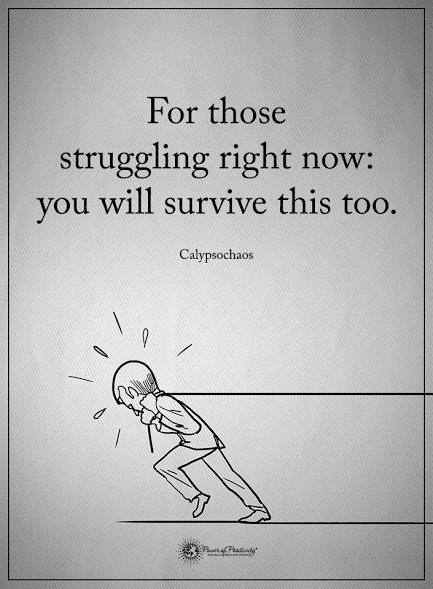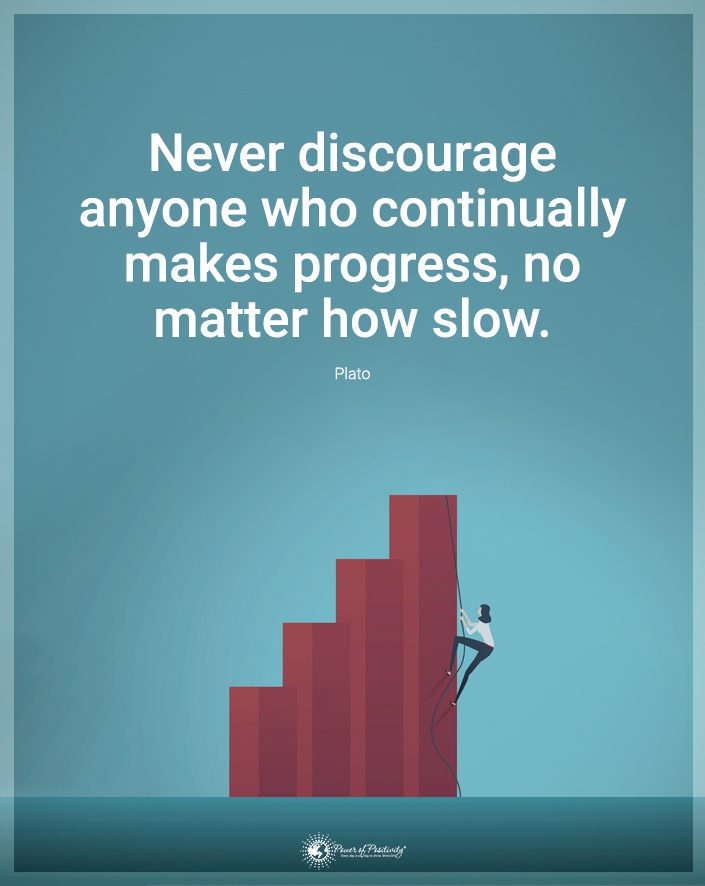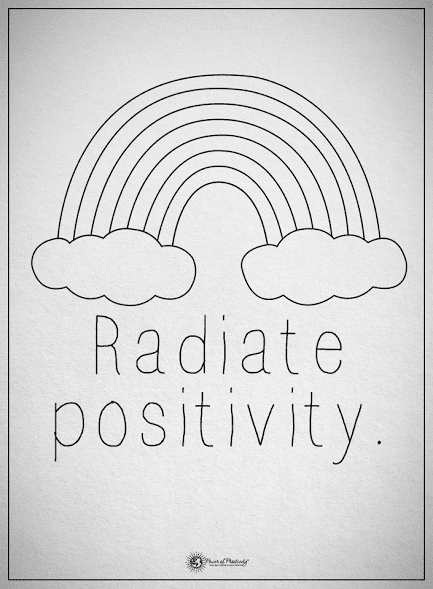Bipolar Affective Disorder, otherwise referred to as bipolar disorder, is a psychological disorder characterized by “cycles of elevated (manic) and depressed mood, (fitting) the description of ‘manic depression.’”
While not in a state of manic depression, the person may lead a productive life – all while appearing to function normally. However, without proper treatment, people with bipolar disorder are often severely impaired both occupationally and socially.
Estimations cite the prevalence of bipolar disorder at 1.5-2.5 percent of the U.S. population. Bipolar affective disorder is a complex mood illness – to illustrate, consider the following statistics:
- As many as 20% of people complaining of depression to their doctor actually have bipolar disorder.
- About half of people with bipolar disorder see three professionals before receiving an accurate diagnosis.
- It takes an average of 10 years for people to enter treatment for bipolar disorder after symptoms begin. This is caused in part by delays in diagnosis.
- Most people with bipolar disorder have additional psychiatric conditions (such as substance abuse or anxiety) that can make overall diagnoses more challenging.
The four types of bipolar disorder are:
- Bipolar I
- Bipolar II
- Cyclothymic [sigh-clo-thy-mik] disorder
- Bipolar disorder not otherwise specified (BP-NOS)
In this article, we’re going to discuss the causes, symptoms, and treatment options available for bipolar disorder.
Signs Someone Has Bipolar Affective Disorder
“ Bipolar disorder is a complex mood illness comprising several diverse types; each distinguished by the pattern, frequency, duration, and intensity of a person’s symptoms. ” – Nina Moadel, M.D., Practicing psychiatrist in Rockville Centre, New York
Signs of Bipolar I and II
Of the four types, bipolar I and II are both the most common and the most similar.
Here are overlapping signs of both bipolar I and II:
- Constantly changing ideas and topics while talking
- Loud, rapid, and uninterruptible speech
- Hyperactive behavior and amplified energy
- Exaggerated self-image (self-confidence)
What differentiates bipolar I are the severity of symptoms, particularly during the manic phase. Healthhype.com states:
“Bipolar I disorder involves periods of severe mood episodes from mania to depression. Bipolar II disorder is a milder form of mood elevation, involving milder episodes of hypomania that alternate with periods of severe depression.”
Further, the depression-to-mania ratio is markedly higher in bipolar I disorder – at 3:1. Individuals with bipolar II average around 35:1.
Additional signs of bipolar I include:
- Excessive spending habits
- Overactive sexual drive (“hypersexuality”)
- Substance abuse
Bipolar II
As noted, people with bipolar II disorder spend disproportionately more time in a depressed state. Further, their manic episodes are different. Hypomania, or “a mild form of mania, marked by elation and hyperactivity” is typical of bipolar II patients. Fortunately, hypomania does not significantly impact a person’s daily functioning.
A person diagnosed with bipolar II “has had at least one hypomanic episode and one major depressive episode in his or her life.” A major depressive episode involves symptoms severe enough to interfere with daily life. Symptoms include loss of interest or feeling no pleasure in activities, drastic weight fluctuations, insomnia or excessive sleeping, fatigue, inability to concentrate, and suicidal ideations.
The Mayo Clinic explains the difference between I and II, “While the manic episodes of bipolar I episodes can be severe and dangerous, individuals with bipolar II disorder can be depressed for longer periods, which can cause significant impairment.”
Signs of Cyclothymic disorder (Cyclothymia)
Cyclothymia is a very rare condition – affecting between .4 to 1 percent of the population. The symptoms of the cyclothymic disorder include:
- A mild, chronic depression
- Cyclic highs and lows (must be present for a minimum of two years for a diagnosis.)
- Hypomania
Though Cyclothymia is often described as a milder form of bipolar disorder, it’s a separate illness. However, statistics show that someone who suffers from the disorder is 15-50 percent more likely to develop bipolar I or II. Thus, it is crucial for individuals to seek treatment.
Signs of Bipolar Disorder Otherwise Not Specified (BP-NOS)
BP-NOS is when “a person has symptoms that do not meet the full diagnostic criteria (e.g. mania, hypomania, major depressive episodes, etc.) for bipolar I or bipolar II.” You might also hear the term subthreshold bipolar disorder used interchangeably with BP-NOS.
Individuals diagnosed with BP-NOS usually experience symptoms that interfere with their normal personality, but often not to the severity or duration required to be diagnosed with bipolar.
Treatment for Bipolar Disorder
Except in cases where a person suffers from extreme mania, issuing a diagnosis of bipolar disorder is tricky. Too often, people who suffer from bipolar II, Cyclothymia, and BP-NOS receive a misdiagnosis of depression. The prescribed treatment, therefore, is usually a failure. Anti-depressants do not address the underlying neurochemical deficiencies.
In severe cases, patients diagnosed with bipolar disorders receive antipsychotic prescriptions. Doctors might also suggest. anti-anxiety medications, including benzodiazepines.
In mild cases, some behavioral therapy options are discussed. The three types of therapy are:
- Cognitive Behavioral Therapy (CBT) – a focus on changing negative thoughts and beliefs into positive ones; stress management techniques; identification of trigger points
- Dialectical Behavioral Therapy (DBT) – teaches awareness, distress tolerance, and emotional regulation
- Interpersonal and Social Rhythm Therapy (IPSRT) – a focus on the stabilization of daily rhythms – especially related to sleep, wake, and mealtimes; routines being indicative of helping stabilize moods.









